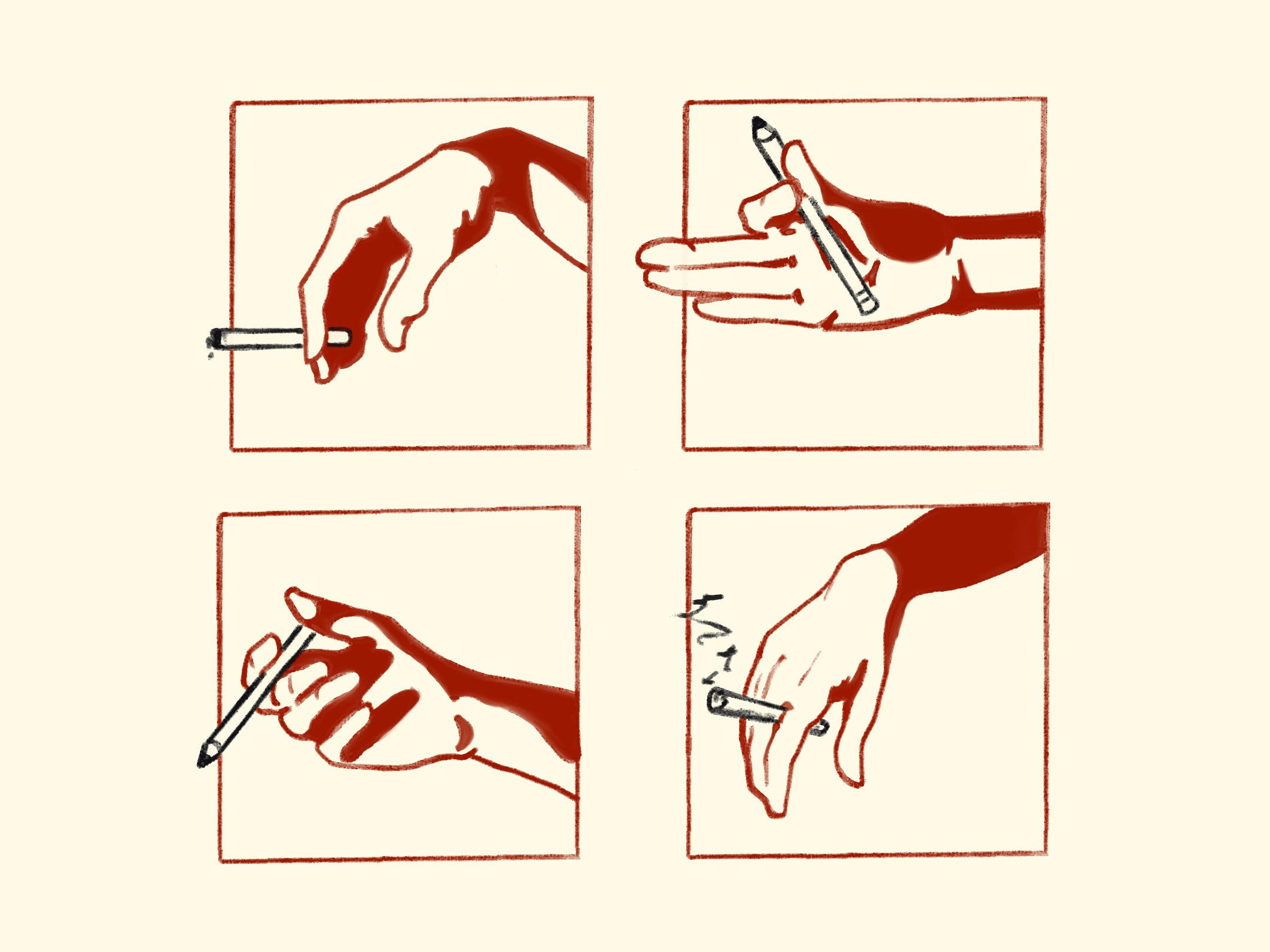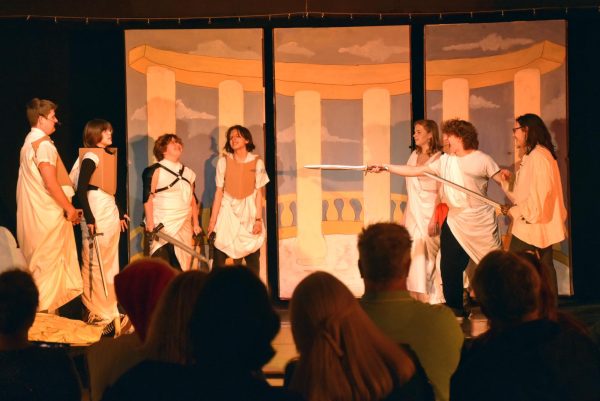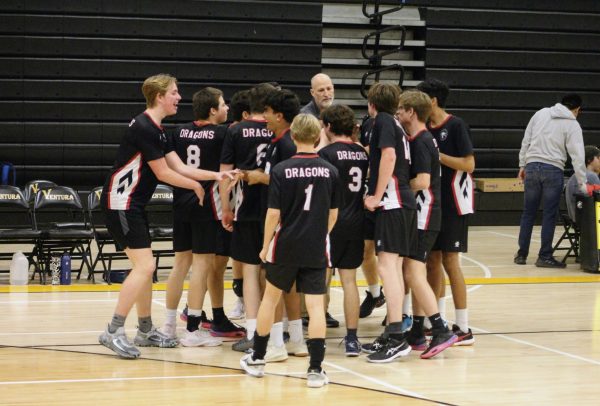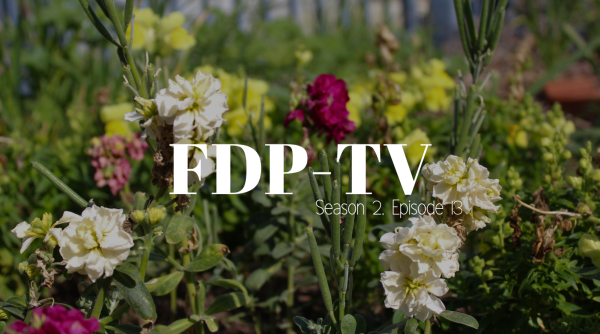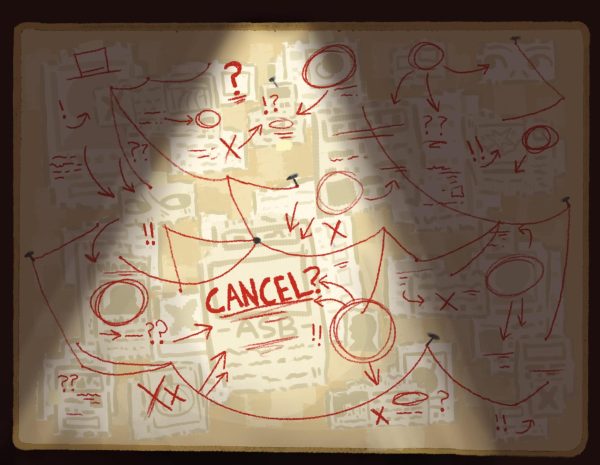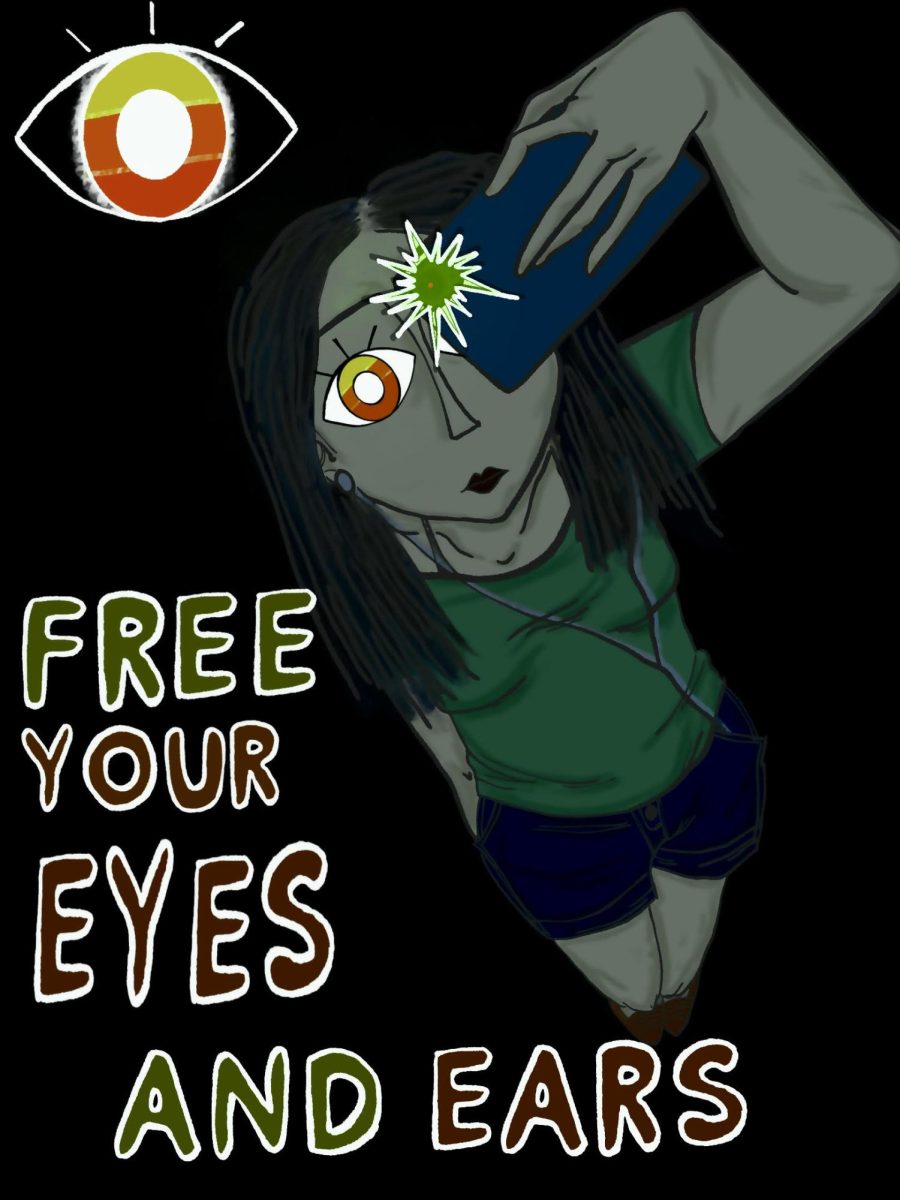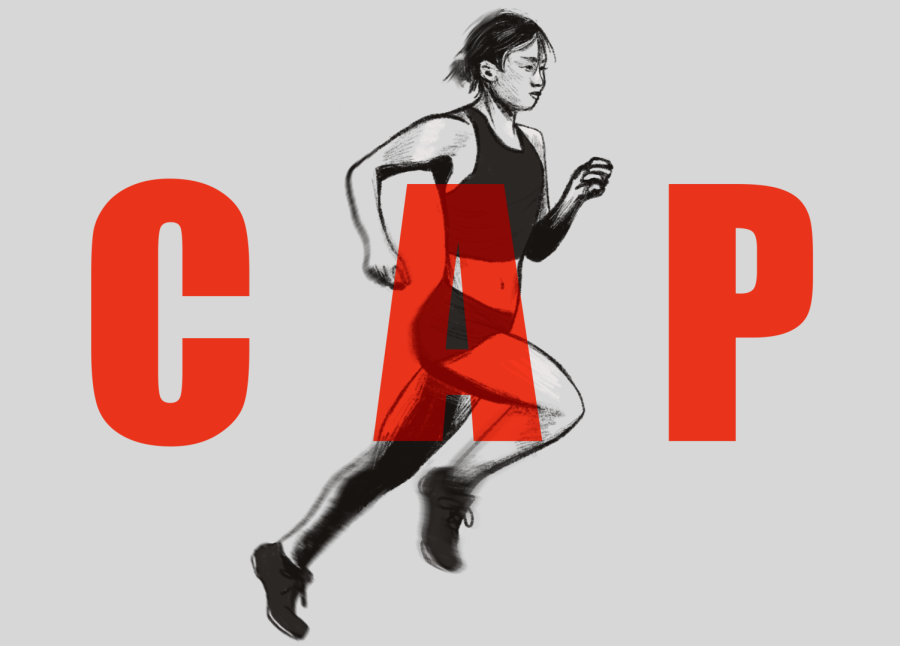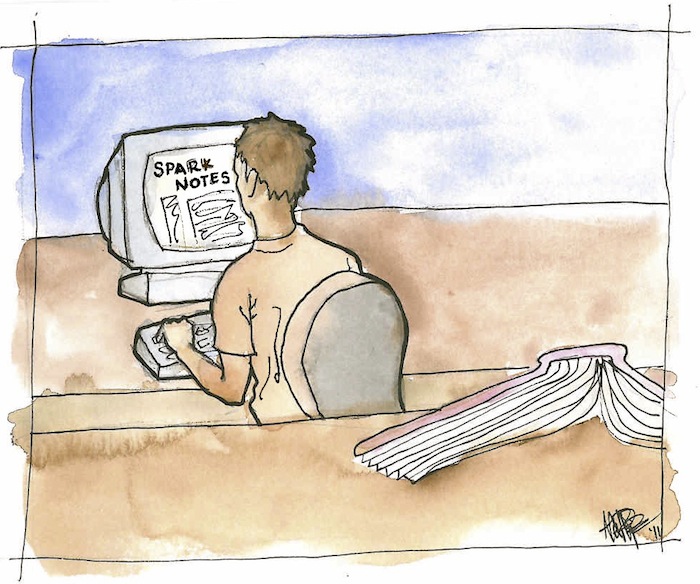
Ever seen the acronym “tl;dr” before? It’s used to represent “too long; didn’t read”.
Expect to see a comment that says “tl;dr” on any article that is seen to be too long for comfortable reading. Unfortunately, most of our required reading here at Foothill, which are novels and not merely articles, can qualify as being too long for comfortable reading.
It’s not a sure fact whether that’s a result of immaturity or lasting exposure to the internet, but one cannot deny that reading a book like A Tale of Two Cities will mostly likely take several weekends to finish, and several more weekends to actually understand.
Most likely, that’s not really going to happen; class discussion about a book becomes rather defunct when half the student body doesn’t read the book beforehand. And, in my experience in other English classes, this is a common occurrence.
Sites like Sparknotes exist to solve this supposed problem. Some students simply don’t feel the need to read an entire book in order to understand what the author was trying to convey, or perhaps really don’t have the time or ability to read briskly through a 600-page book while having swim team obligations or other homework to do.
With a click of the mouse a book is summarized within 7-12 web pages, complete with ample analysis of what everything means within the story. No need to spend your weekends to read an overly long book, just use Sparknotes and you’re ready for any class discussion!
Of course, the problem with such sites is that it requires no effort on your part to learn from the book. The problem doesn’t end at novels either; certainly we also learn from textbooks in a similar manner, and even those can be summarized within a double-sided laminated piece of paper that you can buy from Barnes&Noble.
Which brings me to another problem: if students don’t feel the need to follow the teacher’s curriculum and instead look on the internet for shorter, easier-to-read analysis for the book you’re forced to read, what use is the teacher’s lesson? Well, obviously the students shouldn’t feel the need to use such sites if they’re not required to learn anything about it. Additionally, it’s not like Sparknotes gives bad information about a book; the analysis is pretty accurate for the most part.
I think the point that teachers would make about Sparknotes is that it only interprets the text of literature in one way and therefore restricts a student to one point of view. There are several ways to interpret books, and the biggest part of class discussions is to convey how you yourself interpreted the literature.
This is a spoiler for one of the books you’re required to read for AP Literature, but take Jonathan Swift’s Gulliver’s Travels for example when he travels to a land of intelligent horses and savage humans. The text merely states that Gulliver prefers the idealistic yet inhuman horse civilizations as opposed to the savage yet comparable human populations. What, however, does the writer mean by doing this? One can say that he is looking for a middle ground, since neither side is a good choice to make. Another way to interpret it is that there is no good solution and that all options have their inherent and fatal flaws, as given by these two examples.
It’s not just this book that has multiple interpretations though; since it’s largely unknown about an author’s actual intentions, the inferred intentions made through an author’s work can be interpreted in several ways, and there lies the education that a teacher aims for. It’s not enough to merely look at the plot and guess one way about what everything is talking about. Instead, to share your experience with another person who read the book is bound to expand your knowledge all the more and look at a work in a new way, and that’s what makes a book interesting.
I’m not saying that you shouldn’t use Sparknotes. It’s a useful tool if you’re pressed for time or if you’re looking for some guidelines to understand the text. However, it is not a replacement of the book, and much less what you learn in the classroom about the book. The solution, then, is not to rely on solely one of these aspects: utilizing both to the best of their usefulness will yield the best results.

